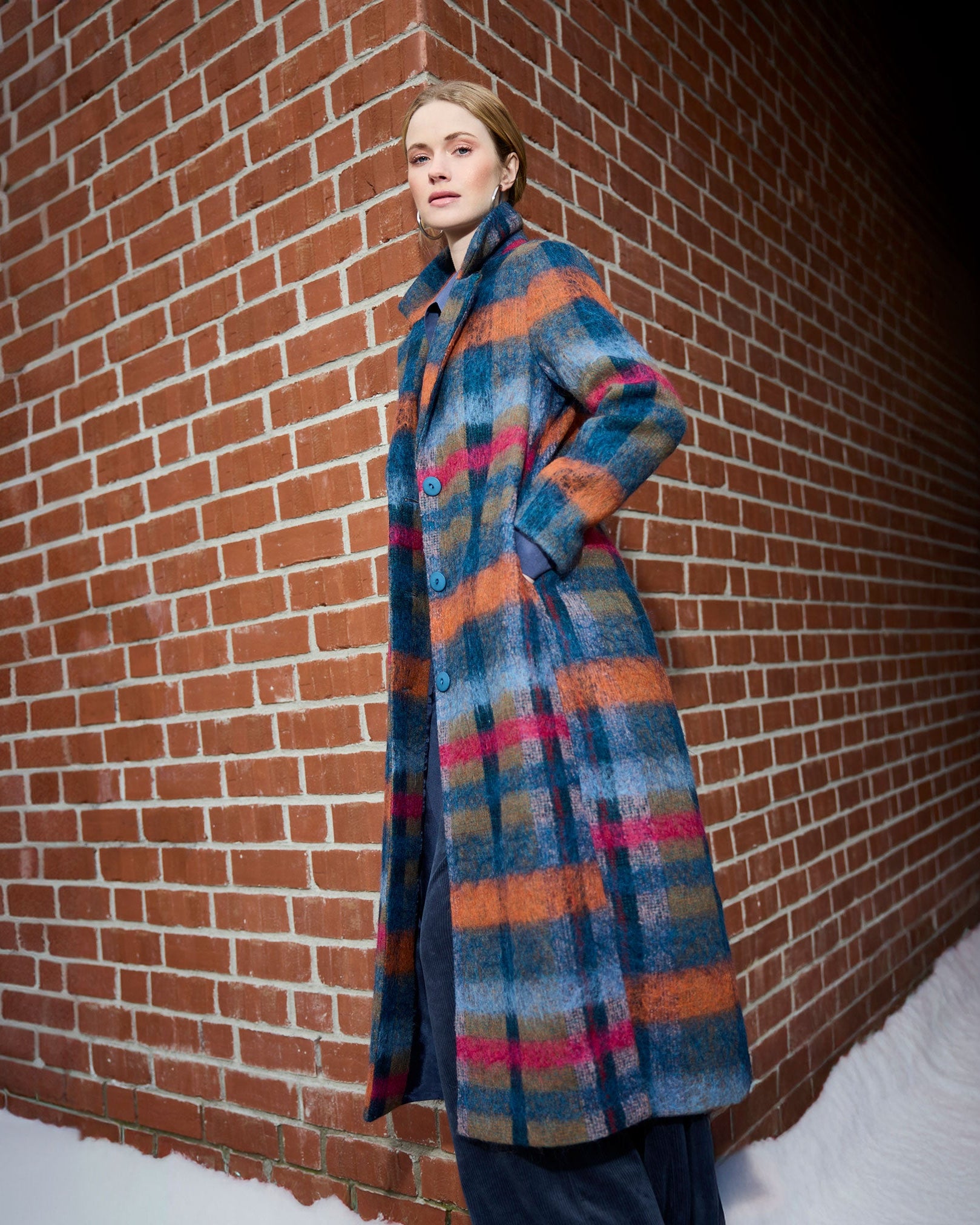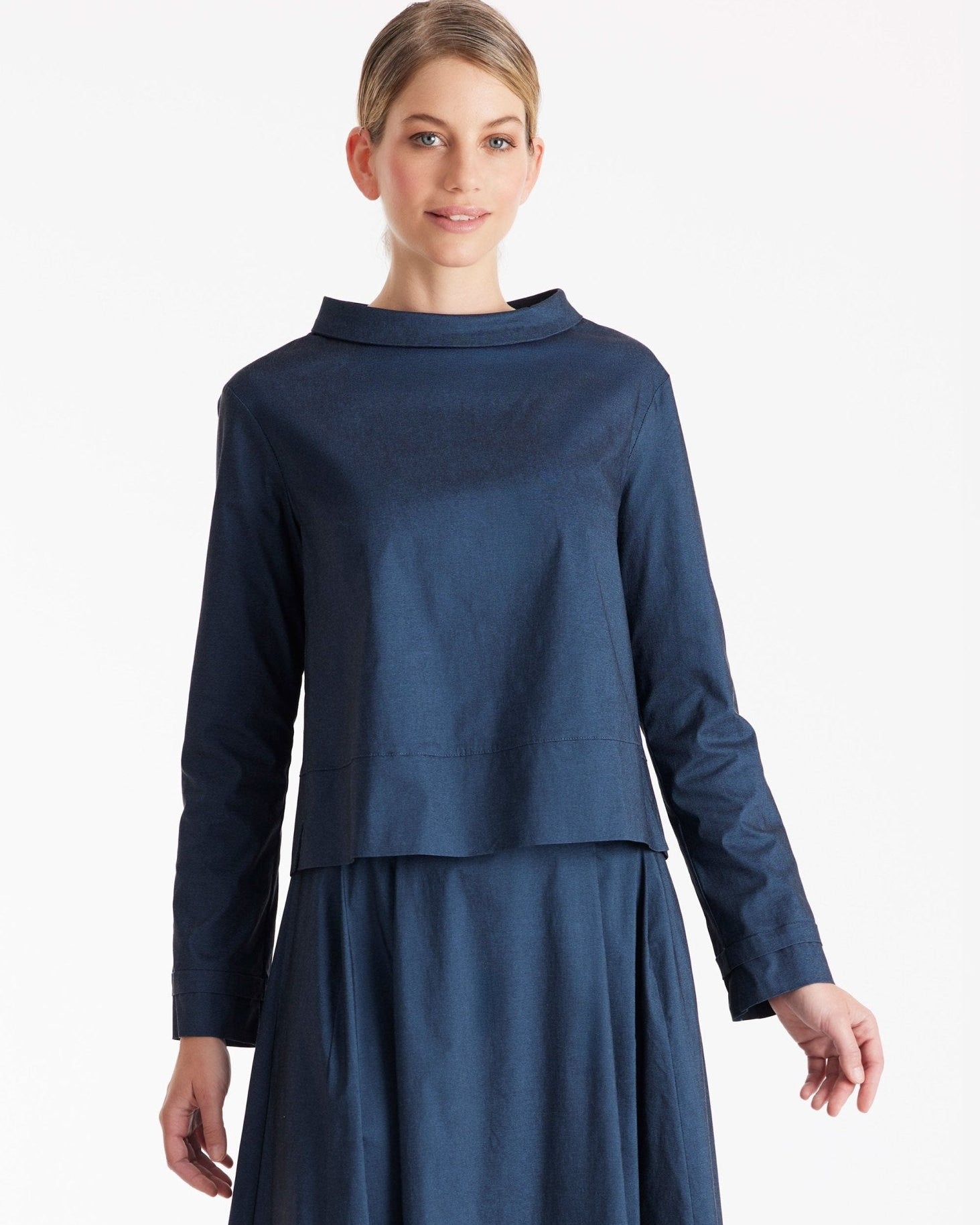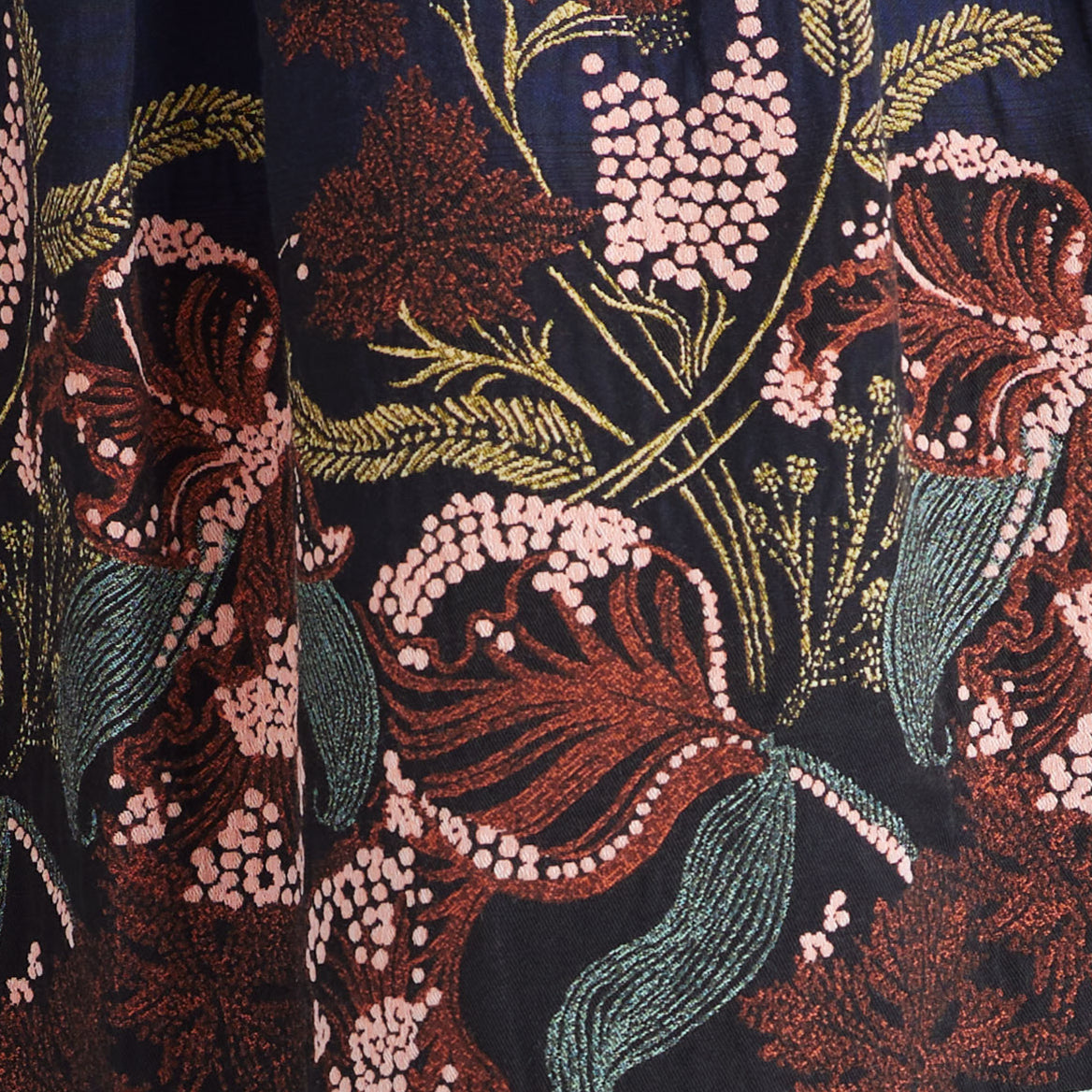Cleaning clothes – valuable care tips
Clothing care can be so much more than washing and ironing.
Treating your clothes with care not only extends their lifespan, but also saves resources and protects your skin and the environment. Whether made of cotton, viscose, or wool: high-quality materials appreciate gentle care. With a little knowledge and the right care tips, your wardrobe will become a collection of long-lasting favorites. Because caring for clothes means appreciating them – from washing to storing.

How to keep your favorite pieces beautiful for a long time
The more carefully you clean your clothes, the longer your favorite pieces will last in your everyday life. This means less washing, more airing, targeted cleaning, and loving storage. Caring for your clothes this way not only protects the fibers and colors, but also gives each item a long, beautiful life.
Pay attention to care instructions
Before you wash your clothes, it's always worth checking the label. There you'll find important information about the ideal washing temperature, drying method, and ironing settings.
These small symbols help with proper care and reliably protect your clothes from unpleasant surprises.
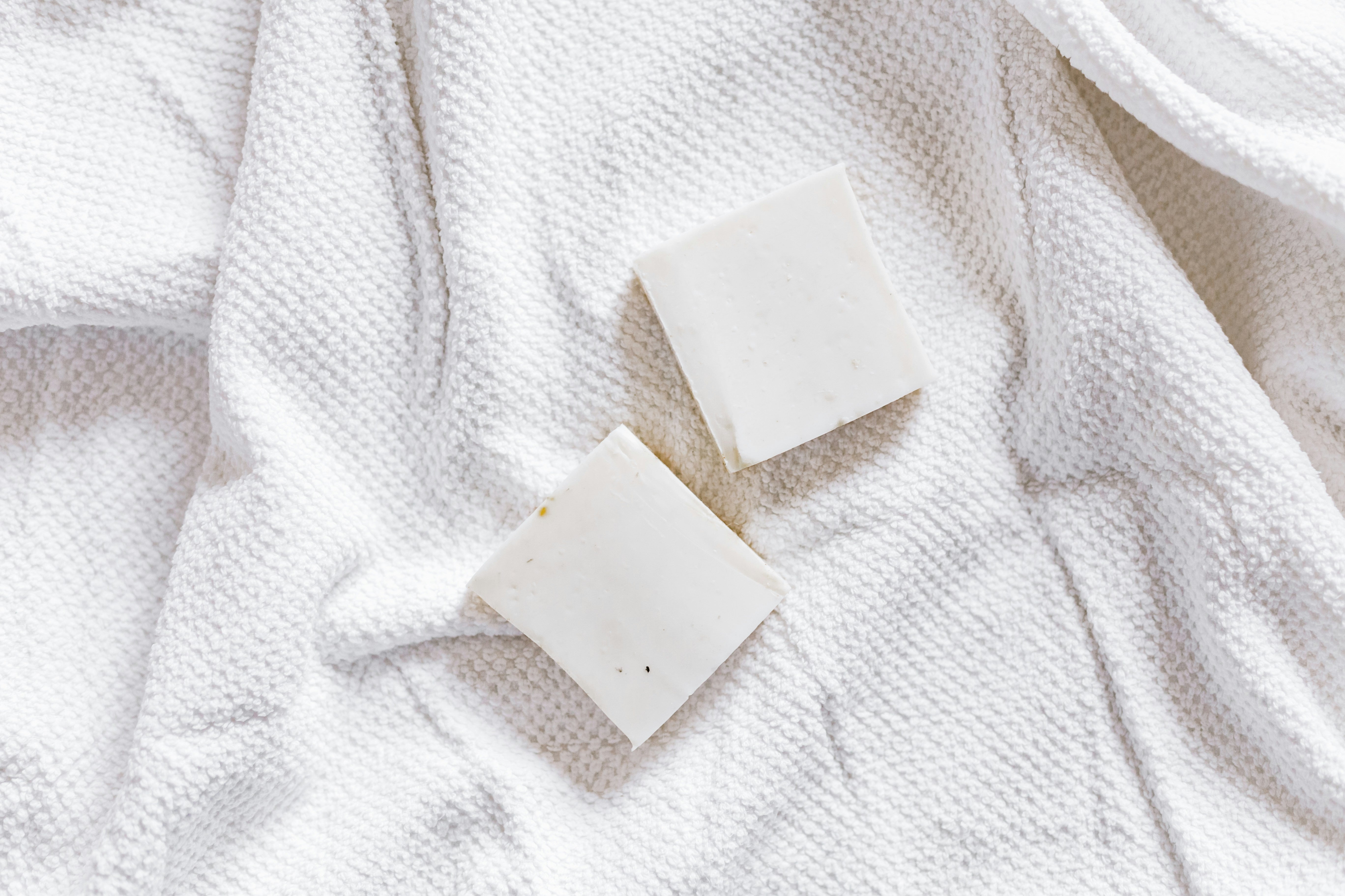
Treat stains immediately
Stains can happen quickly—and they're not so bad if you act quickly when cleaning clothes. Simply dab gently, without rubbing, and soak in stain remover before washing. Many stains can be removed immediately with lukewarm water, a soft cloth, or natural household remedies.
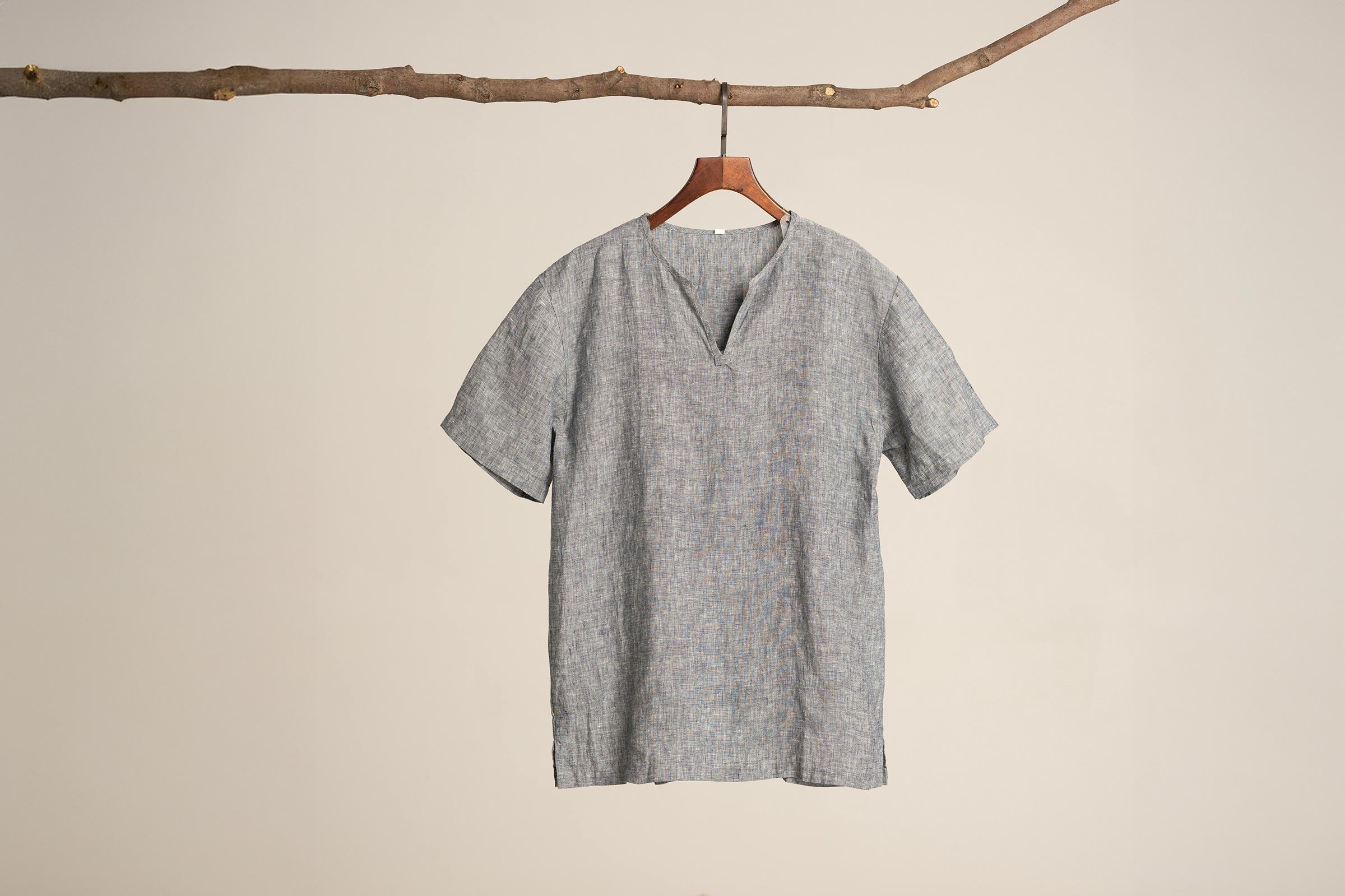
Ventilate
Not everything you've worn needs to go straight into the washing machine. Fresh air is often enough to freshen up clothes. Simply hang them on the balcony or by an open window overnight. This saves water, protects fibers, and is a gentle form of clothing care.

Wash
Only wash clothes when absolutely necessary. Choose low temperatures and a gentle cycle, especially for delicate materials like viscose or wool. This will keep your clothes well-maintained and wearable while saving energy and water. A laundry net often provides additional protection against wear and tear.
Use eco-friendly detergents
Natural detergents are the gentle choice for anyone who wants to care for their clothes—free of microplastics, without harsh surfactants, and kind to the skin. They're not only kind to your favorite items, but also to our environment. Also, avoid fabric softener: It pollutes fibers and waterways—especially delicate fabrics like wool will thank you for it.
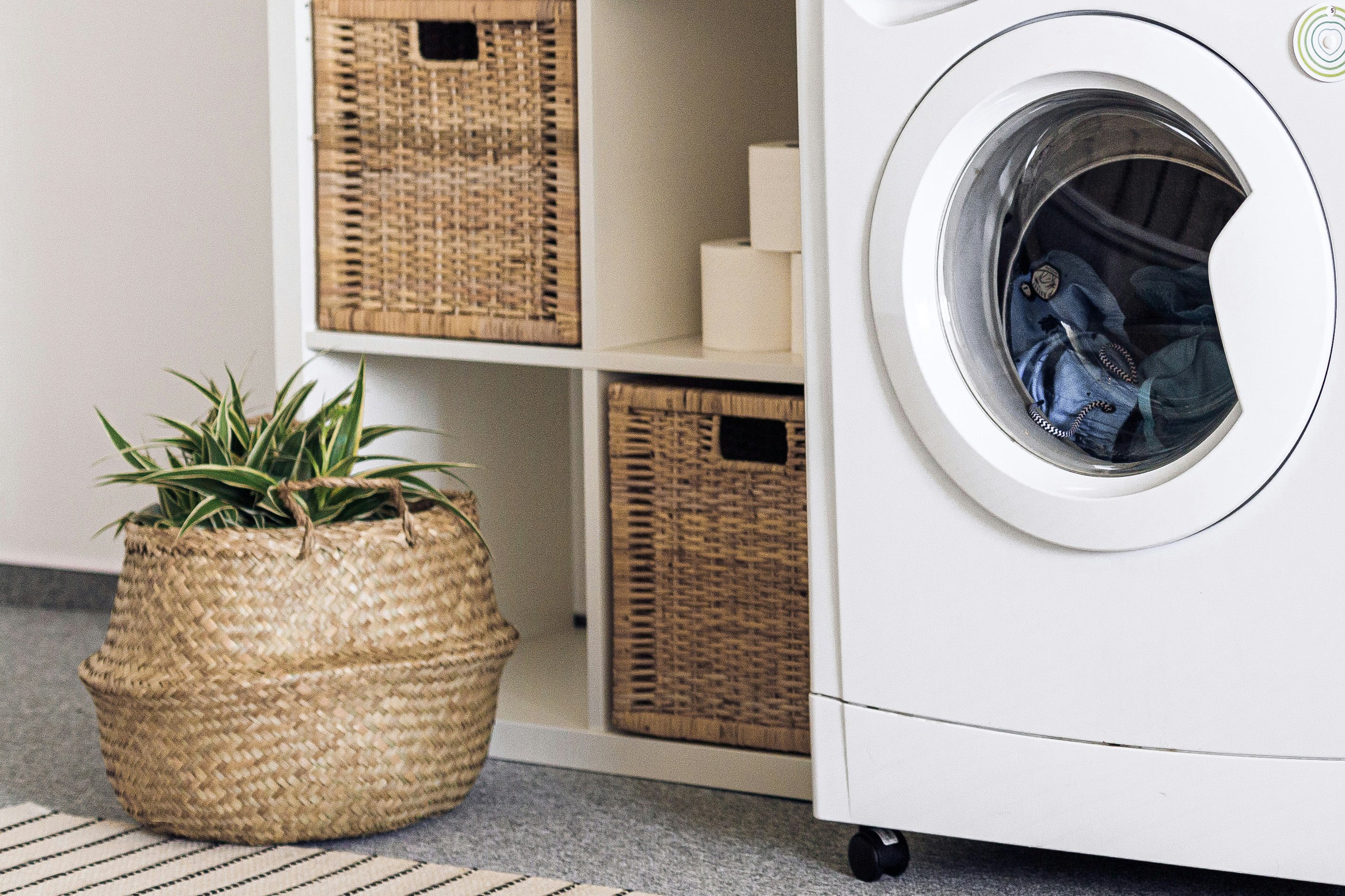
Dry
The dryer is a great help in everyday life, especially when things are in a hurry. The gentle cycle and low temperature allow clothes to dry without damaging them. Wool dryer balls shorten drying time and make your laundry more durable without the need for additives.
soft.

Air dry
Ideally, however, you should let your clothes dry in the fresh air – without any heat or energy consumption. This keeps fibers supple, colors vibrant, and shapes intact. It's best to dry delicate items flat to prevent them from stretching. And, importantly, to care for your clothes: hang them in the shade rather than in direct sunlight, as this protects the colors from fading.
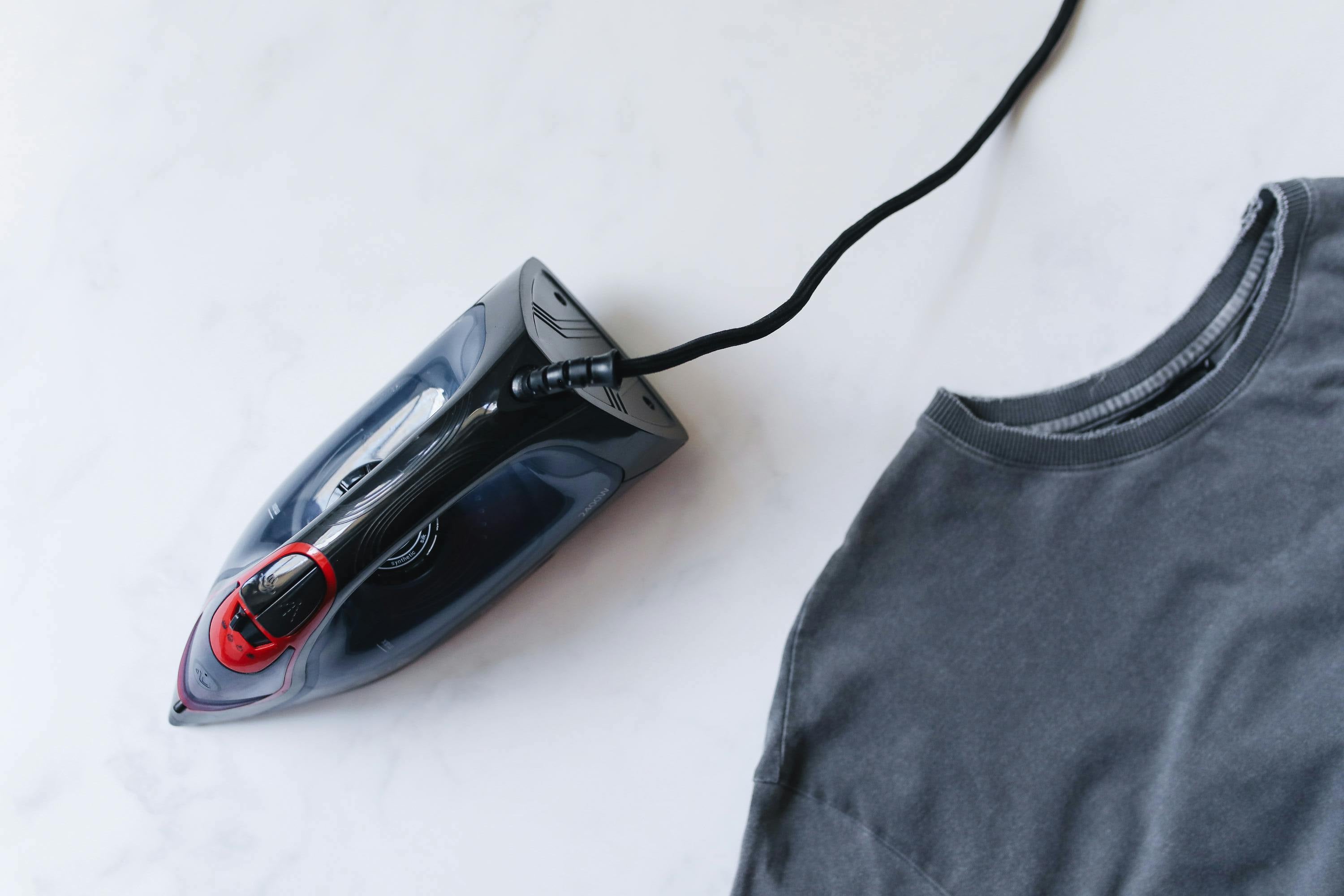
Iron
Not every fabric thrives in heat. Make sure you use the correct temperature setting, turn the garment inside out, and use a damp cloth as heat protection. Ironing with steam is particularly gentle—ideal for smoothing fibers without putting too much strain on the material.
Remove stains
Stains don't necessarily have to be treated with chemicals: Natural household remedies like soap, baking soda, or a splash of vinegar can work wonders, gently cleaning clothes and helping the environment. If possible, always test in an inconspicuous area first and proceed carefully. It's best to take clothes made of delicate materials to the dry cleaners.
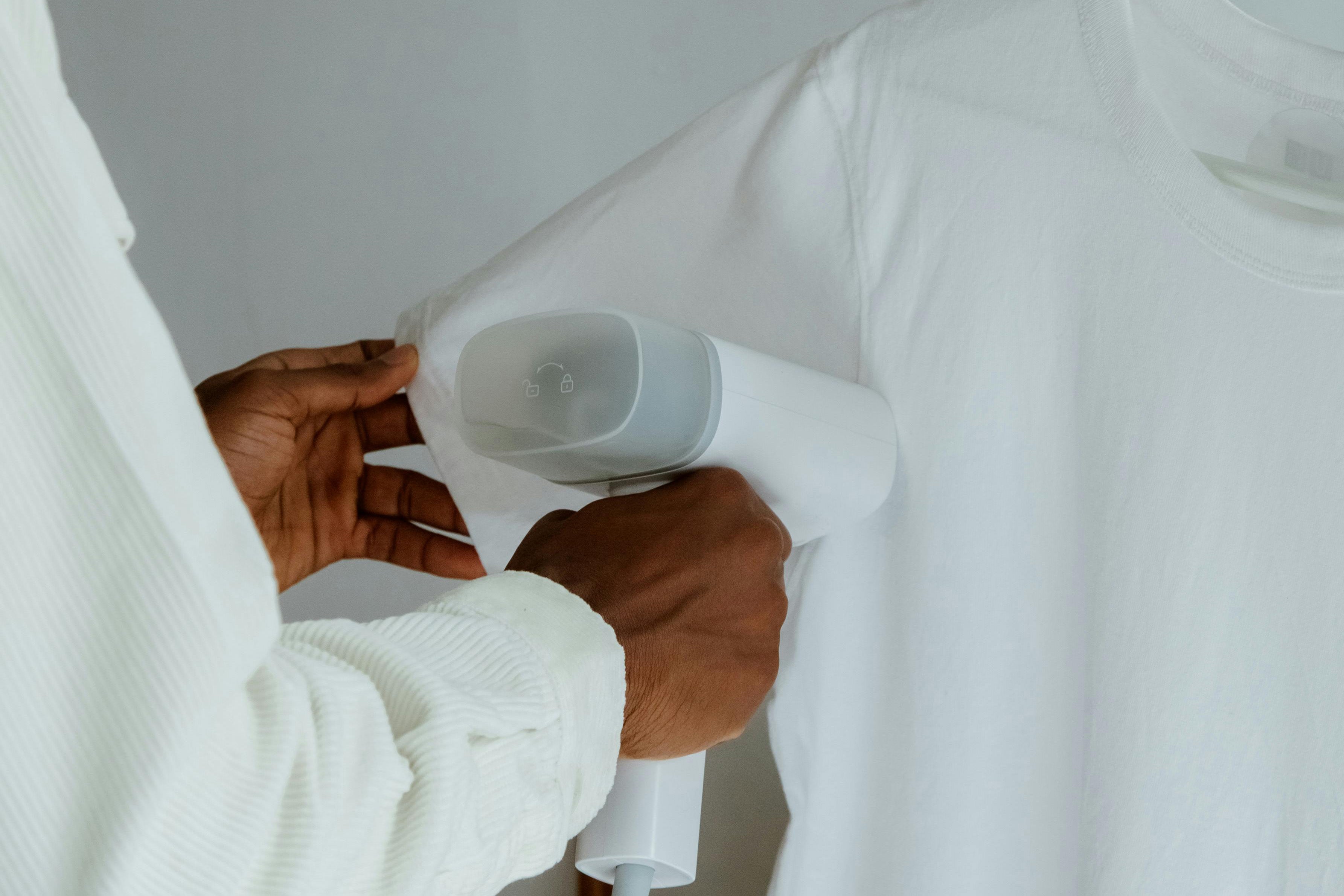
Steaming
A steamer is a wonderful way to quickly freshen up clothes without the need for an ironing board. It removes wrinkles, eliminates odors, and protects delicate fabrics. It's a clever alternative to ironing, especially for viscose or wool.
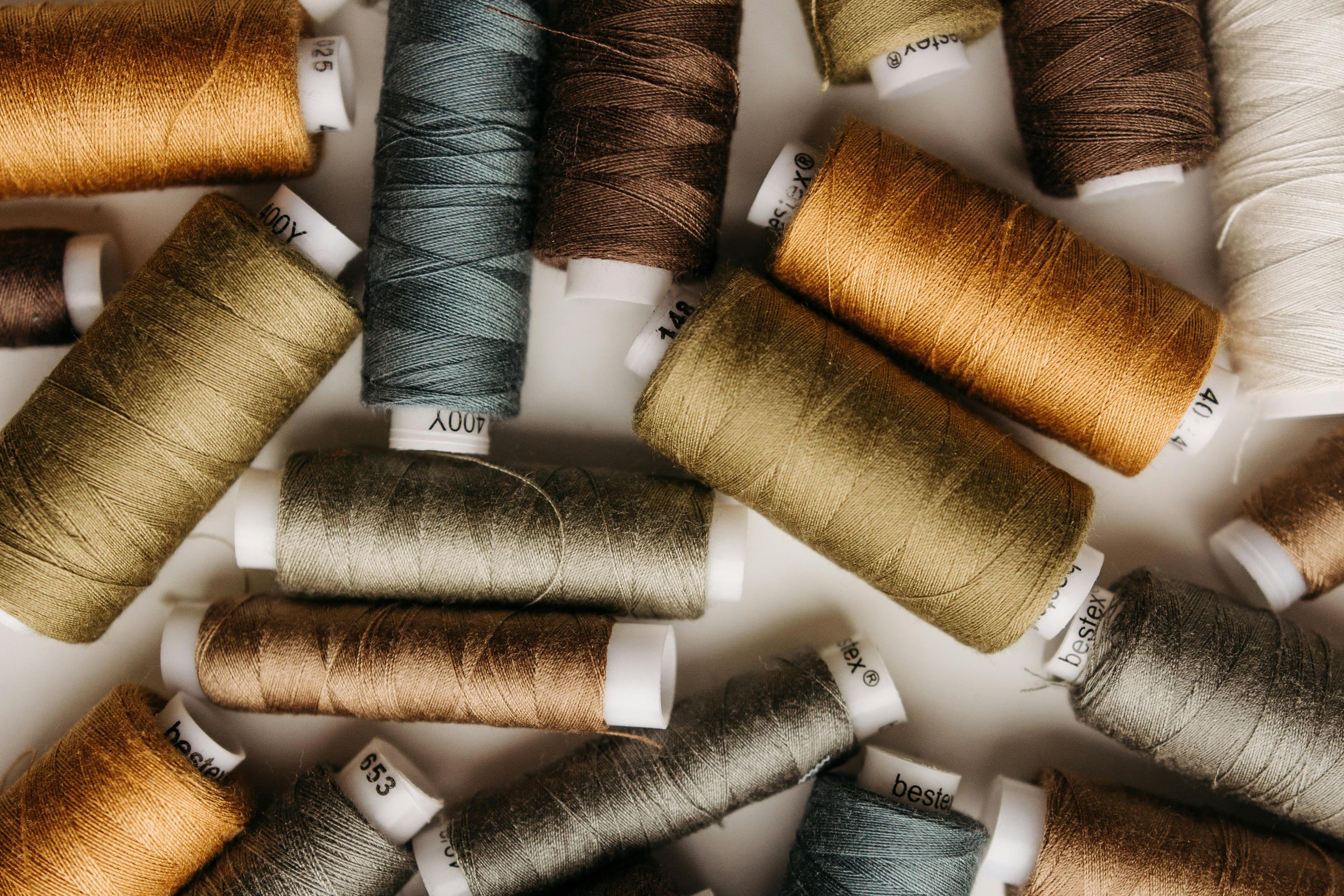
Repair
A small hole or a loose button is no reason to say goodbye. Often, all it takes is a needle and thread—or a quick visit to the seamstress—and the item is as good as new again.

Storage
Whether it's a summer break or a change of season, store your clothes in a clean, dry, and airy place. If possible, use cloth bags or boxes made of natural materials, and use lavender sachets or cedar wood as natural moth protection.
Tips for sustainable clothing care
Every decision to care for your clothes consciously is a small contribution to protecting the environment. Today, more than ever, cleaning clothes means conserving resources, focusing on quality, repairing instead of throwing away, and appreciating each piece. Airing instead of washing, using mild eco-friendly detergents, and low temperatures: Caring for your clothes protects fibers, saves energy, and helps the environment. Air-drying delicate items instead of tumble-drying them retains their shape and color. And if something breaks? No problem! A button is quickly sewn on, a tear quickly mended. Storage is also important: if kept clean, dry, and airy, your clothes will stay beautiful for a long time. Sustainability doesn't start with new purchases, but with loving care for what you already have.
Material care
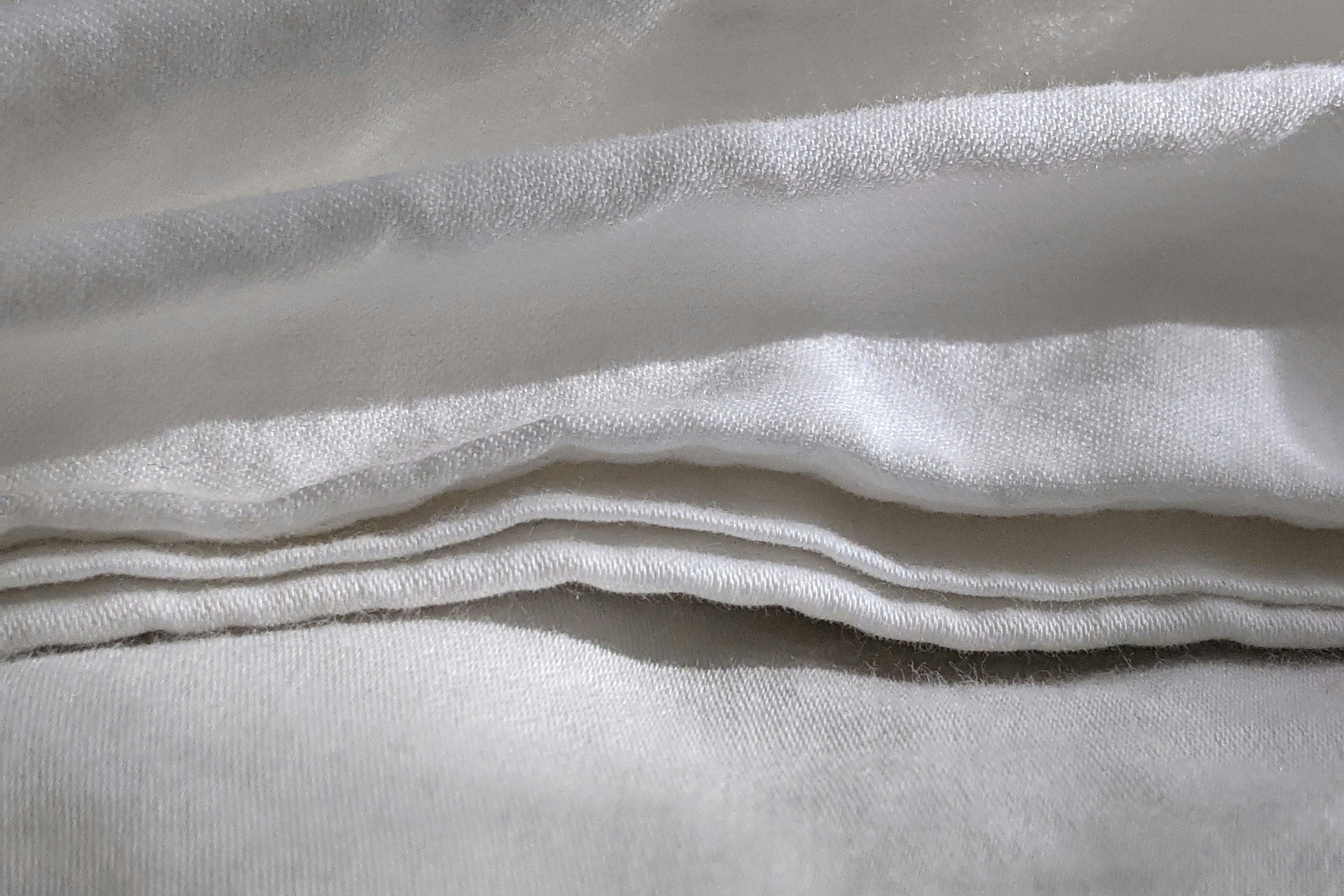
Cotton
• Washing: 30–40 °C is recommended
and a mild detergent to preserve shape and color. Cotton bed linen, pajamas, socks, and underwear should be washed at 60°C.
• Drying: Air drying is ideal, but cotton can also be put in the dryer, although cotton garments can shrink slightly.
• Ironing: no problem. It works particularly well with damp fabric or steam.
• Tip: Turn clothes
inside out, this protects colors and prints.
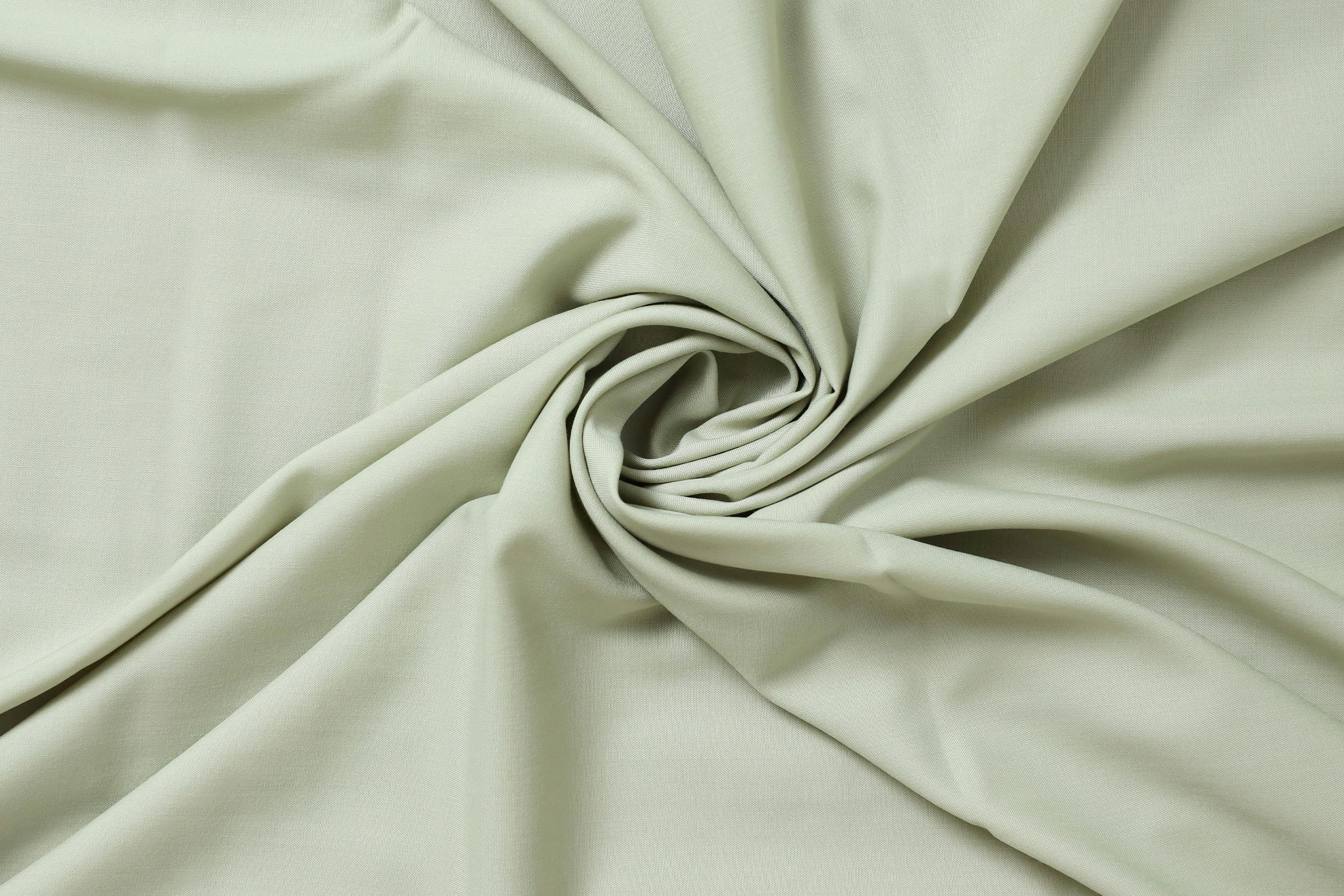
Viscose
• Washing: with liquid mild detergent on a gentle cycle at max. 30°C. Use a laundry bag and avoid vigorous spinning, otherwise viscose may wrinkle or warp.
• Drying: To avoid shrinkage and stretching, do not tumble dry. After washing, smooth it out and let it dry flat or hanging.
• Iron: at a low temperature (similar to silk). Iron while the garment is still slightly damp, or with a pressing cloth between the garments. Ideally, turn inside out.
• Tip: Viscose can appear stiff when wet. Don't worry, it will become soft again after drying
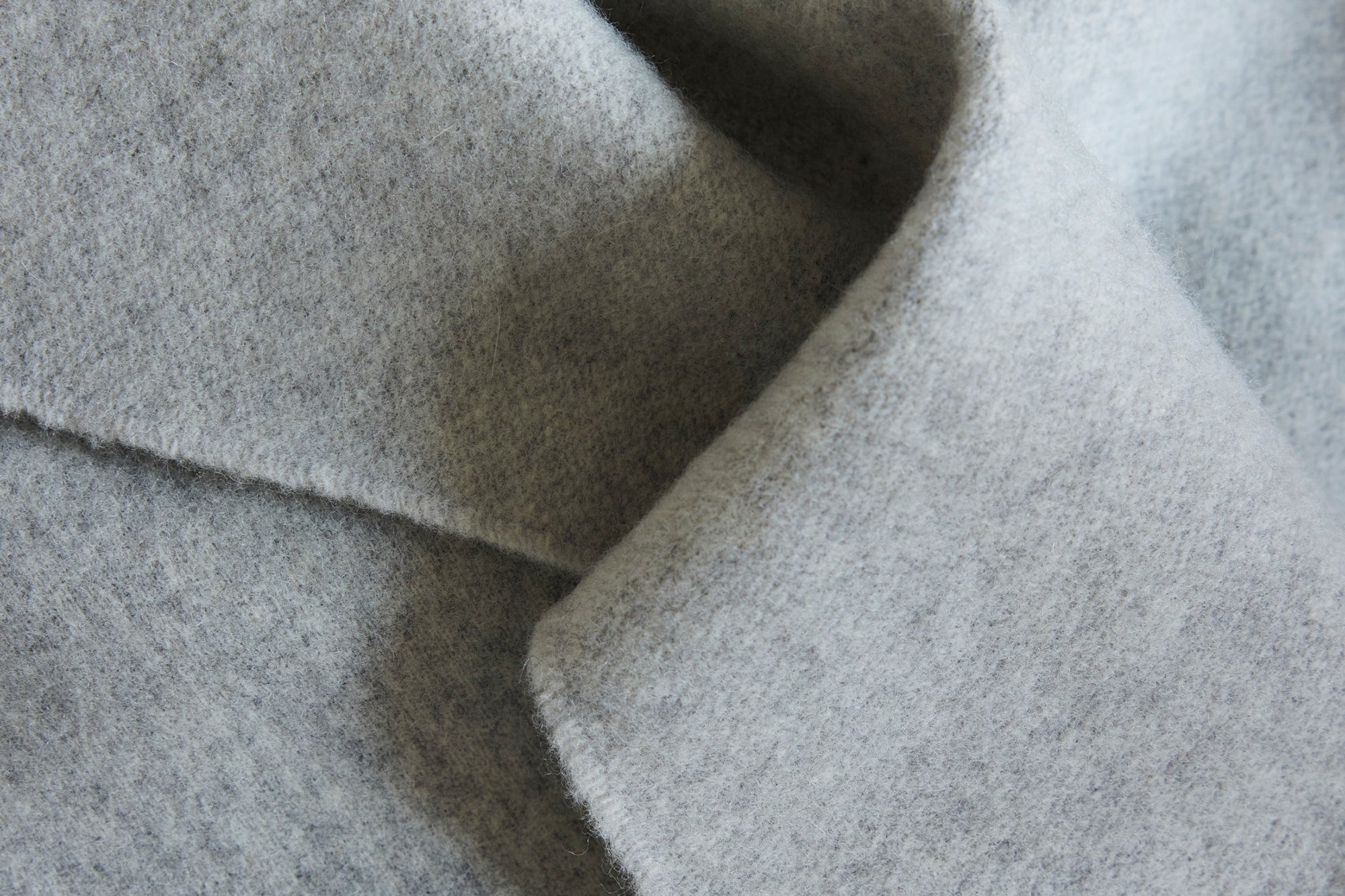
Wool
• Washing: Only wash when necessary; often, airing thoroughly is sufficient. If necessary, wash on a wool cycle with a special wool detergent or by hand at a maximum of 30°C.
• Drying: Always lie down on a towel, never hang up or put in the dryer, otherwise the material will warp.
• Ironing: If possible, iron wool inside out at a low temperature using a damp ironing cloth and without applying pressure. Alternatively, you can treat it especially gently with a steamer.
• Tip: Wool prefers to be dry. Lavender or cedarwood in your wardrobe will also protect against moths.

